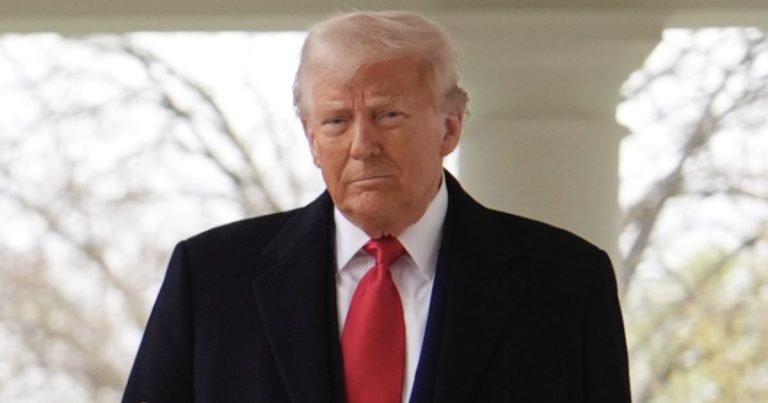
For decades, the Middle East has been a graveyard of diplomatic hopes. Peace plans have come and gone. Ceasefires have collapsed. Every administration has tried their hand at solving these ancient conflicts, only to watch their carefully crafted agreements crumble into dust.
But something different has been happening since President Donald Trump returned to the White House. The man who wrote “The Art of the Deal” has been quietly racking up diplomatic wins where others found only failure. His critics scoffed when he promised to bring stability to the region. They’re not laughing anymore.
President Trump announced yesterday that Israel has agreed to terms for a 60-day ceasefire with Hamas in Gaza. This breakthrough comes after months of intense fighting following Hamas’ October 7, 2023 attack.
From ‘The Post Millennial’:
President Donald Trump has said that Israel has agreed to the conditions that would bring a 60-day ceasefire between Israel and Hamas terrorists in Gaza.
“My Representatives had a long and productive meeting with the Israelis today on Gaza. Israel has agreed to the necessary conditions to finalize the 60 Day CEASEFIRE, during which time we will work with all parties to end the War.”
Trump added that Qatar and Egypt, which have been key mediators in the conflict, “will deliver this final proposal” to Hamas. He issued a clear warning to the terrorist organization: “I hope, for the good of the Middle East, that Hamas takes this Deal, because it will not get better — IT WILL ONLY GET WORSE.”
The announcement represents a major diplomatic achievement in a conflict that has claimed thousands of lives. Since October 7, when Hamas terrorists killed approximately 1,200 Israelis and took over 200 hostages, Israel has been fighting to eliminate the terrorist group and secure the return of captives.
Pattern of Peace Through Strength
This isn’t President Trump’s first Middle East peace breakthrough since returning to office. Just last month, he successfully brokered a ceasefire between Israel and Iran after tensions reached a boiling point.
That crisis began when Israel launched strikes on Iran’s military installations following the expiration of a 60-day deadline Trump had set for Iran regarding its nuclear program. The United States backed Israel with a powerful display of force, dropping bunker-busting bombs on Iran’s nuclear facilities.
When Iran responded with a minimal missile attack that caused no casualties, Trump seized the diplomatic opening. His direct intervention led to a ceasefire agreement that has held firm, surprising many foreign policy experts who predicted failure.
America’s Leadership Restored
Trump’s approach to Middle East peace stands in stark contrast to previous administrations. Rather than endless talks with no consequences, Trump combines clear deadlines, shows of strength when necessary, and pragmatic deal-making.
His administration is working closely with regional powers like Qatar and Egypt, leveraging their relationships with Hamas to advance American and Israeli interests. This approach recognizes the complex realities of Middle Eastern politics while maintaining America’s position as the dominant force in negotiations.
The 60-day ceasefire period provides a crucial window for negotiators to work toward a more lasting peace. During this time, Trump’s representatives will continue meeting with all parties involved, pushing for concrete steps toward stability.
The path to lasting peace remains challenging, but for the first time in years, there’s genuine reason for hope in a region long defined by despair.
Key Takeaways
- President Trump secured Israel’s agreement to a 60-day ceasefire with Hamas, building on his earlier Israel-Iran peace deal
- Trump’s “peace through strength” approach combines clear deadlines, shows of force when necessary, and practical negotiation
- Regional partners Qatar and Egypt will deliver the proposal to Hamas with Trump’s warning that terms “will not get better”
- This diplomatic success contradicts critics who claimed Trump’s foreign policy would create more chaos in the Middle East
Sources: The Post Millennial


